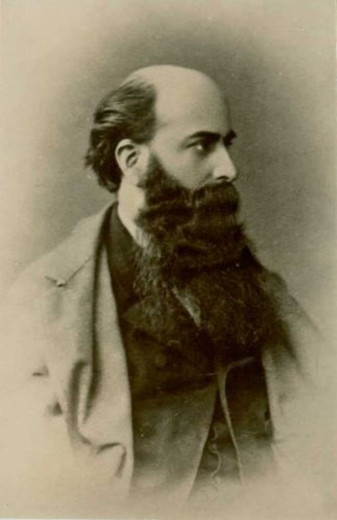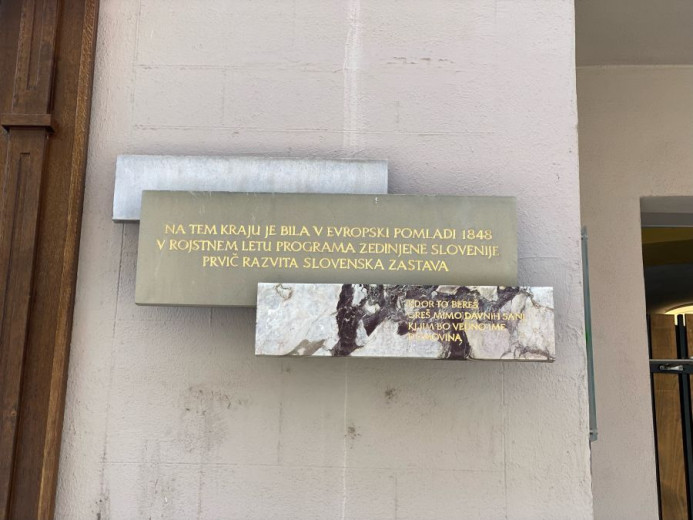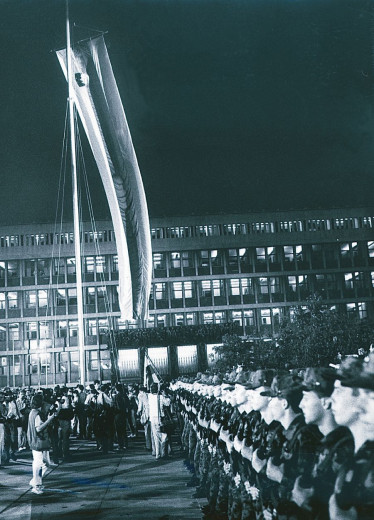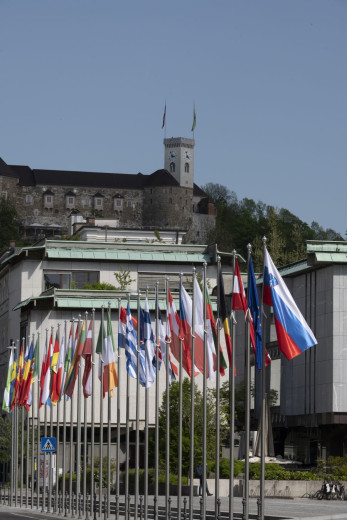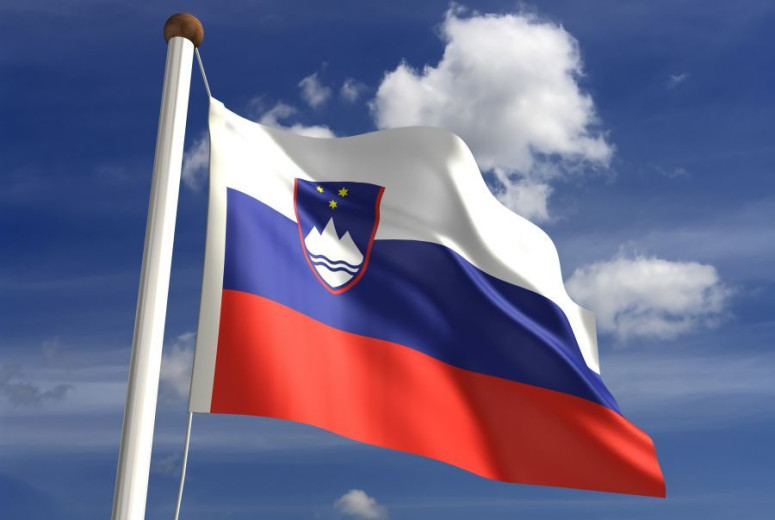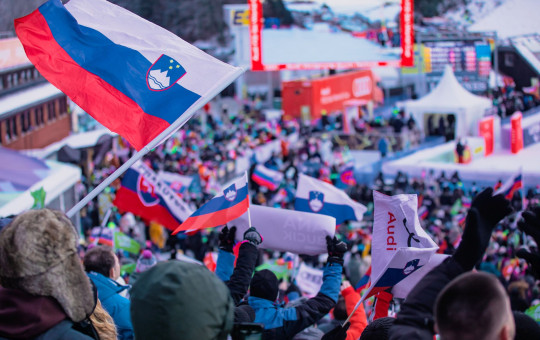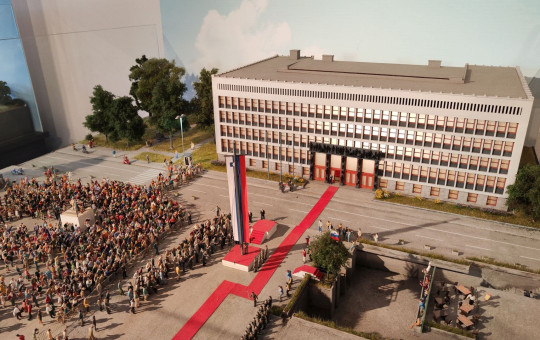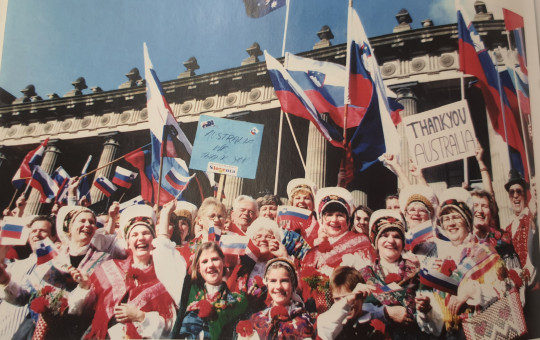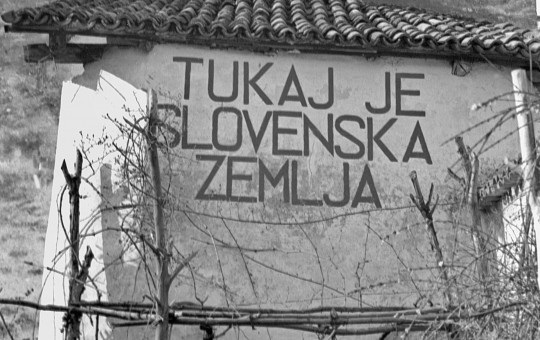Date: 1. April 2025
Time to read: 1 min
Slovenian Flag Day commemorates 7 April 1848, when Lovro Toman, a patriotic Slovenian student, and his like-minded colleagues first hoisted the Slovenian tricolour at Wolfova ulica 8 in Ljubljana.
This was in response to the German National Guard's display of the German flag on the Ljubljana Castle tower.
The flag of the Slovenian nation
The white-blue-red tricolour was established in 1848, during the "national awakening", when Slovenians determined the Slovenian colours based on the colours featured in the coat of arms of the province of Carniola, and submitted them for the approval of the then Austrian administration. On 23 September 1848, the Ministry of the Interior of the Austrian Empire in Vienna approved the colours of Carniola, which had already been established by Ferdinand I of Austria in 1836. This is how the white-blue-red flag became the flag of the Slovenian nation.
It was first hoisted by Slovenian students in Vienna in March 1848, during the period of the revolutionary upheaval. In Ljubljana, it was first flown on 7 April 1848 on the building of the Zlata riba inn on Wolfova ulica, thanks to the efforts of the student and later the lawyer, deputy in Vienna and poet Lovro Toman (1827–1870).
The white-blue-red flags spontaneously won the hearts of Slovenians at that time, and they were flown all over the country.
The Slovenian national flag
The Slovenian national flag was established on 24 June 1991 by the then Slovenian Assembly, the predecessor of today's National Assembly. Just before Slovenia gained independence, the new Slovenian national flag replaced the old republican flag. Slovenia thus entered a new era with new national symbols (coat of arms, flag, anthem). The Act Regulating the Coat-of-Arms, Flag and Anthem of the Republic of Slovenia and the Flag of the Slovenian Nation, which was adopted in 1994, defines and regulates the use of both flags, the flag of the Republic of Slovenia and the flag of the Slovenian nation. Both may be used at the same time. The first one represents the state of Slovenia, and the second represents 2.5 million Slovenians living all over the world.
Appearance of the Slovenian flag
The colours of the flag are in the following order from top to bottom: white, blue, and red. Each colour occupies a horizontal band covering one third of the flag. The central point of the coat of arms on the flag coincides with the point of one quarter of the flag's length and the point where the white and blue bands meet. The top half of the coat of arms featuring the stars is on the white band and the lower half is on the blue band. The height of the coat of arms is one third of the width of the flag or equal to the width of one of the three colours of the flag.
The coat of arms captures all the ancient elements of space: the element of air (the blue sky), the element of fire (the gold stars), the element of water (the waves) and the element of earth (the mountain).
All these elements convey two basic messages: "Slovenia is a country where the sky and the earth are interconnected and balanced". And : "The male and female poles of existence are polarised and balanced. This creates a creative tension between them, which stimulates development and transformation in the country".
Mandatory flag hoisting
The flag of Slovenia is hoisted on the following public holidays of the Republic of Slovenia:
- 8 February, Prešeren Day, Slovenian Cultural Holiday,
- 27 April, Day of Uprising Against Occupation,
- 1 and 2 May, Labour Day,
- 25 June, Statehood Day,
- 26 December, Independence Day.


